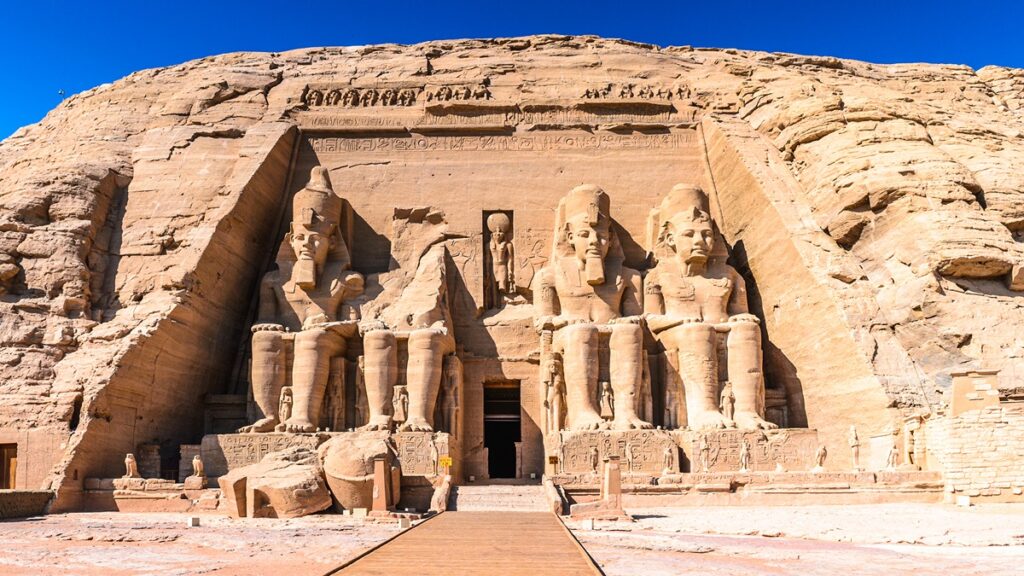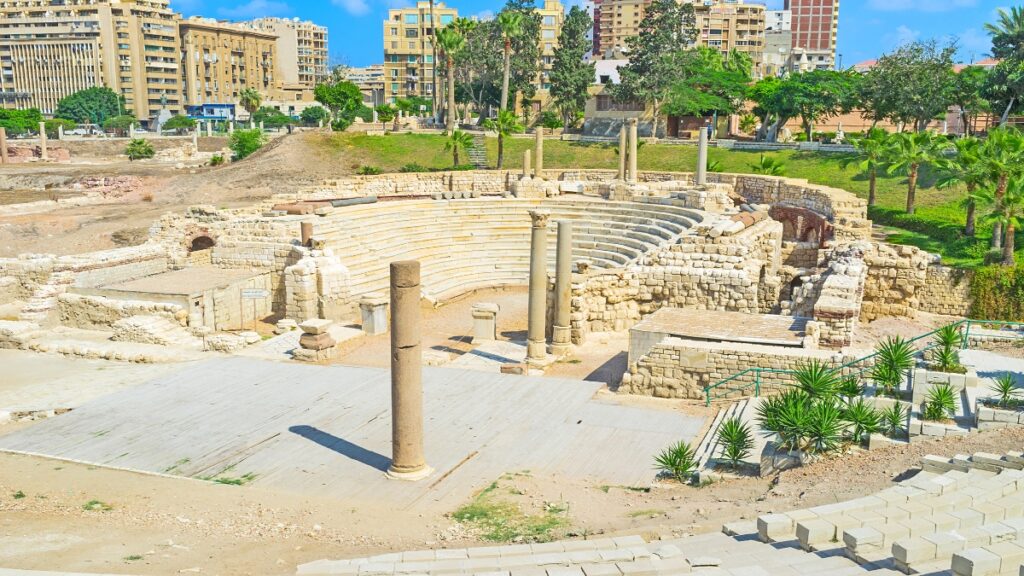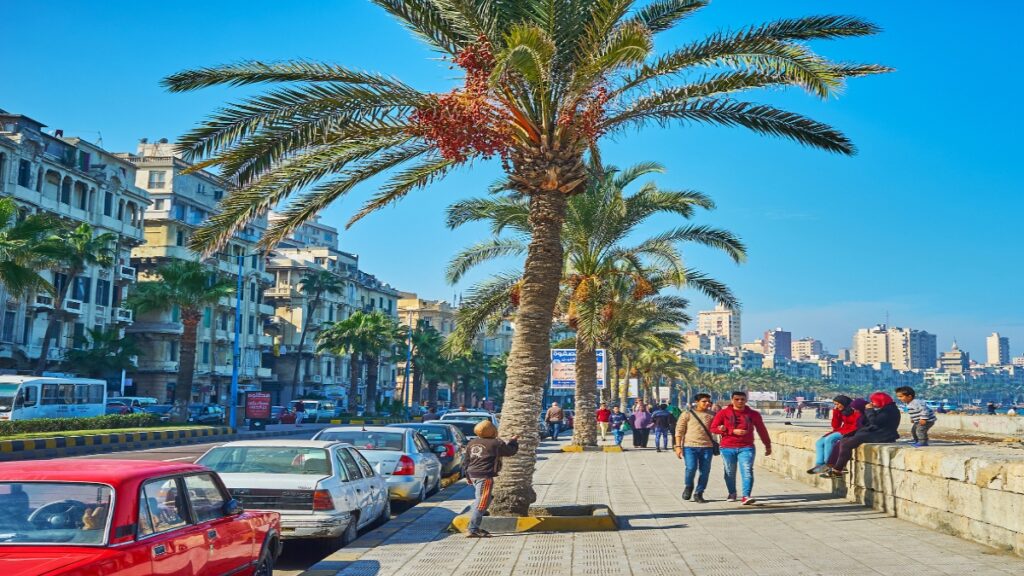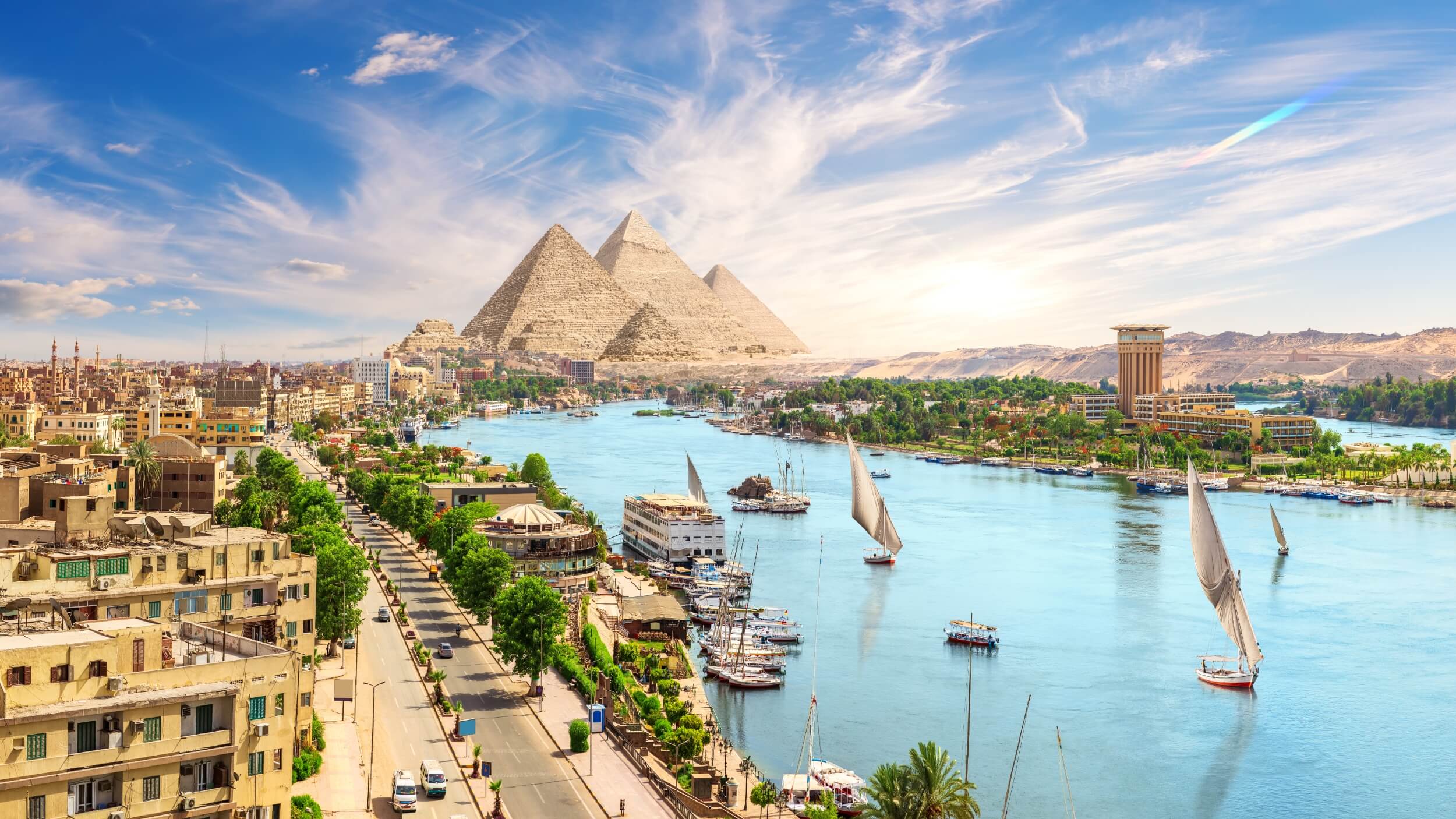
Attractions in Cairo Egypt captivate visitors with their remarkable blend of ancient mysteries and vibrant contemporary culture. I’ve wandered these bustling streets countless times, discovering hidden gems alongside the iconic wonders that define this magnificent city.
As the capital rests majestically along the Nile River, it offers an unparalleled journey through thousands of years of human history. Let me share my personal insights about the most enchanting places that make Cairo an unforgettable destination.
Magnificent Ancient Attractions in Cairo Egypt
The iconic pyramids stand proudly as the ultimate symbols of Cairo’s historical significance. I suggest arriving just as the gates open, generally around 8 am, when the gentle morning light bathes these massive structures in golden hues. In fact, the Giza Plateau becomes remarkably peaceful at this hour, giving you precious moments to appreciate these architectural marvels without the usual midday crowds.
My top recommendation involves circling the Great Pyramid of Khufu completely before entering its narrow passageways. This approach lets you truly grasp the immense scale of this wonder alongside providing excellent photography opportunities from various angles. In case you decide to venture inside, prepare for a slightly cramped journey that rewards your effort with a profound connection to ancient Egyptian engineering brilliance.
The weathered Sphinx guards these pyramids with its enigmatic expression that has puzzled visitors for centuries. I found that viewing this iconic monument during late afternoon creates the most dramatic shadows across its features. Rather than just taking photos, spend time contemplating how this single sculpture has inspired countless artistic interpretations throughout human history.
Exploring the Treasures of Ancient Egypt
The Egyptian Museum houses an astonishing collection that spans over 5,000 years of Egyptian civilization. I consistently tell visitors to dedicate at least four hours to explore its galleries properly. As a result, the museum opens at 9 am, yet arriving by 8:30 ensures you’ll be among the first to enter when the doors open.
My personal approach involves heading directly to the Tutankhamun collection on the upper floor before crowds gather. The golden mask alone justifies your visit, nevertheless don’t overlook the young pharaoh’s everyday items that provide fascinating glimpses into royal life. Indeed, the craftsmanship evident in these artifacts demonstrates the extraordinary artistic skills of ancient Egyptian artisans.
The mummy rooms present an opportunity to stand before actual pharaohs whose names have echoed through history books. I always feel a profound sense of connection to the past when observing these remarkably preserved remains. In truth, the experience feels almost too intimate, nonetheless it offers unparalleled historical perspective that books simply cannot convey.
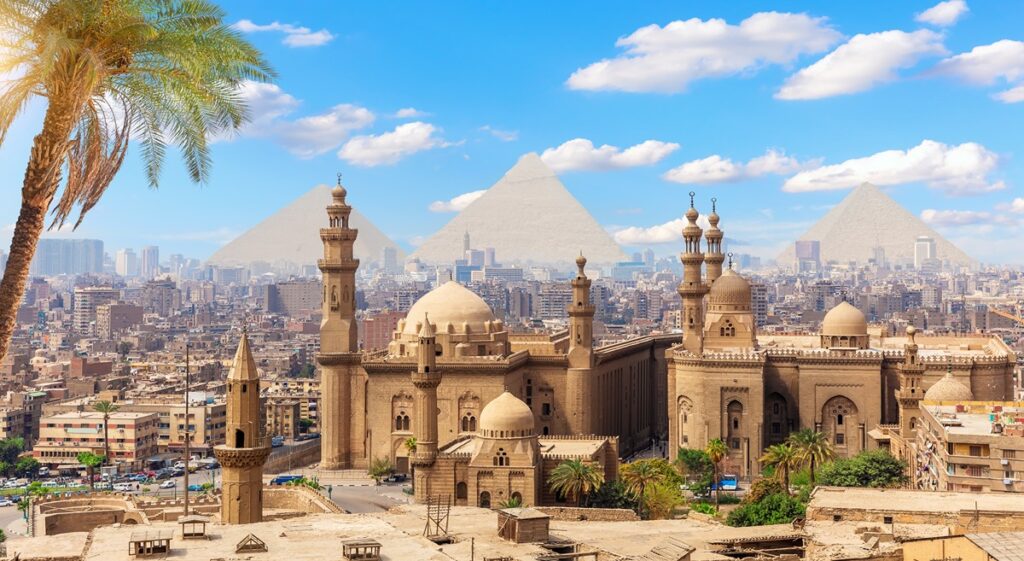
Vibrant Islamic Quarter Attractions in Cairo Egypt
The atmospheric streets of Islamic Cairo transport visitors centuries back in time. I recommend starting at Bab al-Futuh gate around 10 am, subsequently working your way through the district toward Khan el-Khalili bazaar. To clarify, this timing allows you to experience the gradual awakening of workshops and markets while enjoying relatively quiet moments in normally bustling areas.
The stunning mosques showcase architectural details that leave visitors breathless with their intricate beauty. Al-Azhar Mosque has especially impressive courtyards that provide peaceful retreat from the surrounding urban energy. Of course, I always remove my shoes at the entrance and carry them in provided plastic bags while exploring the cool marble interiors.
The historic madrassas (Islamic schools) feature some of Cairo’s most exquisite decorative elements. Sultan Hassan Madrassa notably impresses with its massive doors and soaring ceilings that demonstrate Islamic Cairo’s golden age. Instead, I suggest visiting between prayer times when these spaces feel unusually serene and contemplative.
Navigating Khan el-Khalili Bazaar
The winding alleys of Khan el-Khalili bazaar represent Cairo’s commercial heart beating continuously since the 14th century. I typically enter from Muizz Street around 11 am when shops have opened but before the midday rush begins. As a bonus, this timing offers better opportunities for meaningful conversations with shopkeepers who occasionally share fascinating stories about their crafts.
My shopping strategy involves initially walking through without purchasing anything, noting items that catch my eye. Essentially, this preliminary survey helps establish approximate price ranges before beginning any negotiations. Once ready to buy, I start by offering approximately 60% of the asking price, eventually settling around 70-75% for most items.
The hidden workshops tucked behind main thoroughfares reveal artisans practicing traditional crafts passed through generations. I discovered an exceptionally skilled coppersmith down a narrow alley near the spice market whose techniques haven’t changed in centuries. Upon reflection, watching these craftspeople work provides deeper appreciation for the handmade treasures you might purchase.
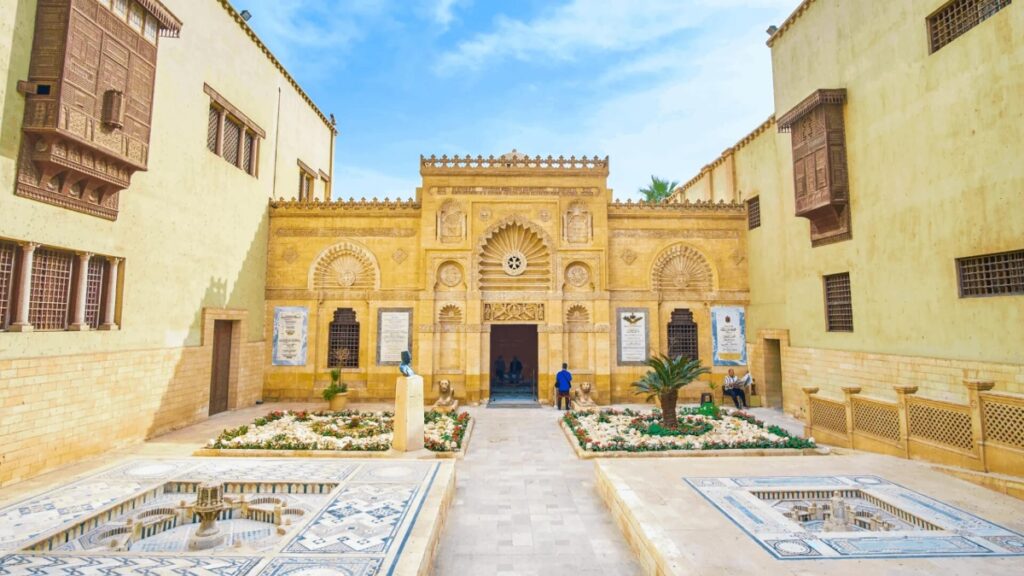
Historical Religious Attractions in Cairo Egypt
The ancient churches of Coptic Cairo preserve Egypt’s Christian heritage within stone walls that have witnessed countless prayers. I recommend arriving by 9 am to explore these sacred spaces before tour groups appear. Above all, the Hanging Church amazes visitors with its beautiful wooden ceiling and elevated position above Roman ruins.
The serene courtyards provide welcome respite from Cairo’s constant motion and noise. I frequently spend quiet moments in these peaceful enclaves, appreciating how these communities maintained their faith through centuries of changing political landscapes. Sometimes, the sense of continuous worship spanning nearly two millennia creates a powerful spiritual atmosphere regardless of your religious background.
The Ben Ezra Synagogue stands as testament to Cairo’s historically diverse religious tapestry. Despite its small size, this modest synagogue contains remarkable history, including its famous geniza (document storage) that revealed extraordinary insights into medieval Jewish life. Without fail, I pause to reflect on how this single building connects to broader narratives of religious coexistence in Egypt’s long history.
Exploring Religious Art and Architecture
The intricate iconography adorning Coptic churches tells biblical stories through distinctive artistic traditions. I genuinely appreciate the unique Egyptian elements incorporated into these religious paintings that differ significantly from European Christian art. Just remember to notice how saints are portrayed with distinctively Egyptian features and settings.
The wooden screens (known as mashrabiya) represent masterful craftsmanship that serves both decorative and practical purposes. These screens filter harsh sunlight while creating beautiful shadow patterns across interior spaces. I’ve often found myself mesmerized by these changing light displays during extended visits to these sacred buildings.
The ancient manuscripts preserved in glass cases provide glimpses into religious scholarship spanning centuries. Though most texts remain behind protective barriers, their illuminated pages display artistic traditions that influenced religious art throughout the Mediterranean world. The Coptic Museum houses particularly impressive examples that showcase this important cultural heritage.
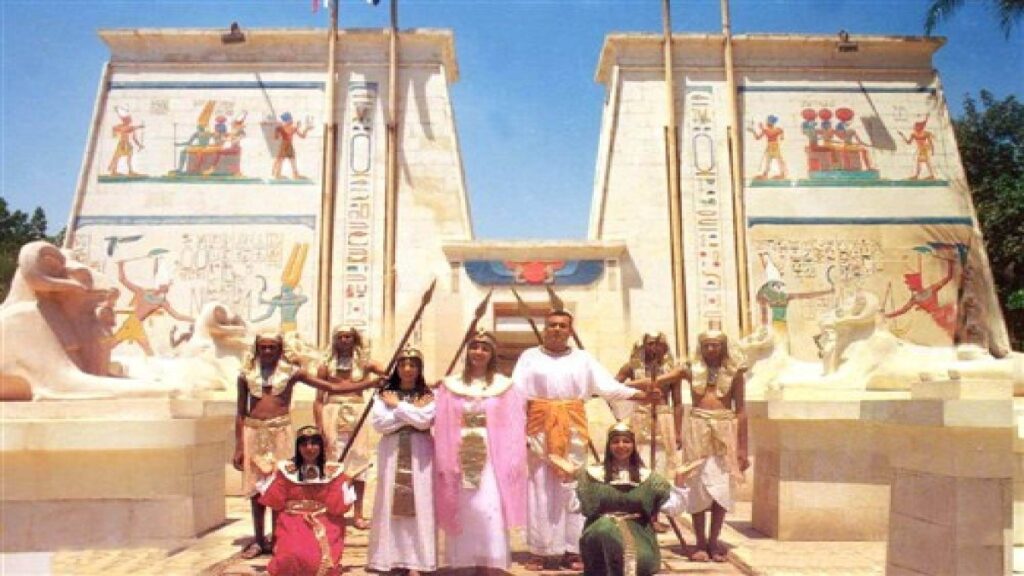
Modern Cultural Attractions in Cairo Egypt
The flowing Nile offers Cairo’s most refreshing experiences away from historical monuments. I highly recommend booking an evening felucca (traditional sailboat) ride departing around 5 pm to catch the sunset over the city skyline. These peaceful journeys typically last about an hour and provide unique perspectives of Cairo from its iconic waterway.
The Cairo Opera House hosts excellent performances ranging from traditional Arabic music to international classical concerts. I suggest checking their schedule immediately upon arriving in Cairo, as popular shows often sell out quickly. The main hall impresses with excellent acoustics, while smaller venues throughout the complex showcase emerging performers in more intimate settings.
The contemporary galleries scattered throughout Zamalek neighborhood display Egypt’s vibrant modern art scene. Particularly worth visiting is the Zamalek Art Gallery, which has championed Egyptian artists for decades. I typically dedicate an entire afternoon to exploring these creative spaces, often discovering thought-provoking works that blend traditional influences with contemporary perspectives.
Experiencing Local Cultural Traditions
The traditional cafés serve as Cairo’s living rooms where locals gather to socialize over strong coffee and sweet tea. I frequently visit El Fishawy in Khan el-Khalili, Cairo’s oldest café operating continuously for over 250 years. Arriving around 9 pm lets you experience authentic local atmosphere as Cairenes debate everything from politics to football with passionate intensity.
The mesmerizing music of Sufi whirling ceremonies offers spiritual experiences regardless of religious background. The Wekalet el Ghouri Arts Center hosts performances every Wednesday and Saturday at 8 pm that showcase this hypnotic tradition. I recommend arriving by 7:30 pm to secure good seats for these popular demonstrations of mystical devotion.
The bustling food scenes reveal Cairo’s culinary heritage through street vendors and established restaurants alike. Exploring the historic El Hussein district after 8 pm introduces you to specialty dishes including koshari (a hearty mix of rice, pasta and lentils) and mahshi (stuffed vegetables). My approach involves sampling small portions from multiple vendors rather than committing to larger restaurant meals.
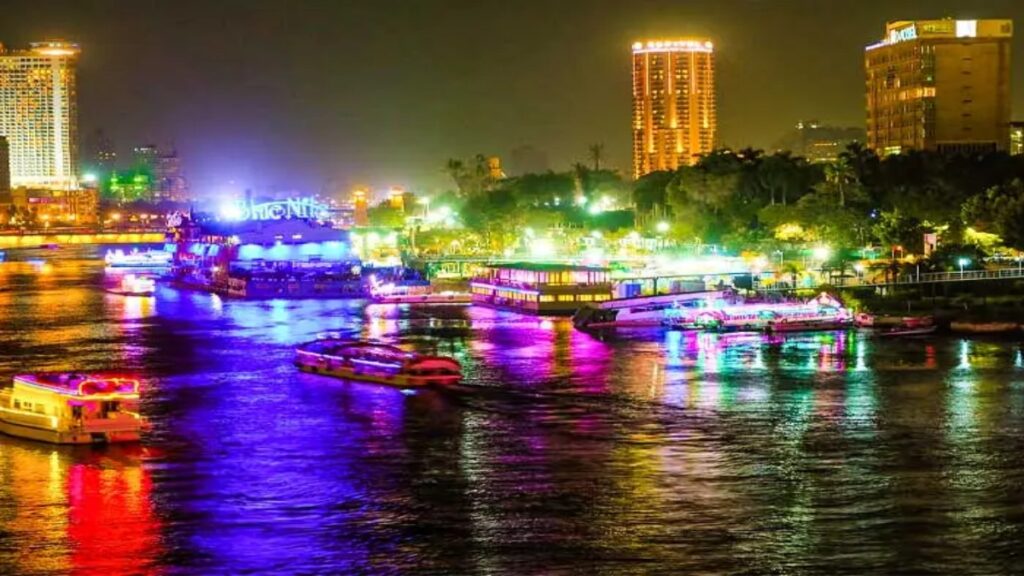
Essential Attractions in Cairo Egypt for First-Time Visitors
The spectacular views from Cairo Tower provide perfect orientation for first-time visitors. I suggest visiting either early morning (9 am) or during sunset (around 5-6 pm depending on season) when visibility typically reaches its peak. The 360-degree panorama helps you understand Cairo’s immense scale while identifying major landmarks for later exploration.
The remarkable collections at the National Museum of Egyptian Civilization showcase artifacts spanning prehistoric times through modern Egypt. I recommend visiting on weekday mornings around 10 am when the exhibition halls remain relatively quiet. The recently transferred royal mummies demand particular attention, displayed with respectful dignity in specially designed galleries.
The stunning architecture of Al-Azhar Park transforms what was once a debris area into Cairo’s most beautiful green space. I enjoy visiting around 4 pm when afternoon heat begins subsiding, making leisurely walks more pleasant. The hilltop location offers spectacular views across Islamic Cairo’s minarets while providing welcome natural respite from urban surroundings.
Planning an Efficient Itinerary
The strategic approach I recommend involves grouping nearby attractions to minimize transit time across this sprawling metropolis. Combining Coptic Cairo with the National Museum of Egyptian Civilization works efficiently as they’re located relatively close together in southern Cairo. Similarly, exploring Islamic Cairo sites together saves considerable travel time.
The weather considerations significantly impact comfort levels during sightseeing adventures. Between June and August, I strictly limit outdoor activities to early morning (7-10 am) and evening hours (after 5 pm) when temperatures become more manageable. Winter months (December-February) require light jackets during morning hours but typically warm to pleasant temperatures by midday.
The transportation options include Cairo’s efficient metro system for longer journeys and ride-hailing services for more direct connections. I generally avoid taxis requiring in-person negotiations, instead preferring apps that establish fares before departure. When visiting the pyramids specifically, hiring a driver for the entire day often proves more practical than attempting public transportation.
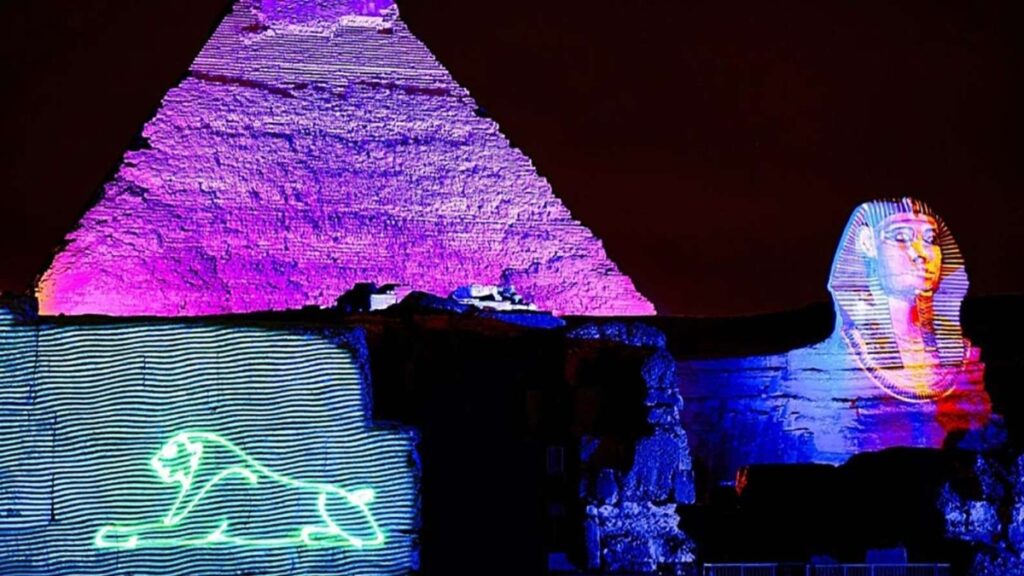
Enchanting Evening Attractions in Cairo Egypt
The colorful sound and light shows illuminate the pyramids and Sphinx with dramatic projections that narrate Egypt’s ancient history. Shows begin after sunset (typically 7 pm in winter, 8 pm in summer) and last approximately one hour. I recommend booking tickets at least one day in advance during peak tourist season (October-April) to ensure availability.
The vibrant markets transform dramatically after sunset when temperatures cool and locals emerge for evening shopping. El-Muski market near Khan el-Khalili becomes particularly animated around 8 pm when fabric merchants display their most impressive textiles under bright lights. This authentic shopping experience reveals everyday Egyptian life rarely glimpsed in tourist-oriented bazaars.
The elegant dinner cruises combine fine dining with entertainment showcasing traditional Egyptian performances. Departing around 8 pm, these two-hour journeys along the Nile offer unique perspectives of illuminated landmarks alongside cultural presentations. I typically recommend Nile Maxim boat for its consistently high-quality experience balancing authentic entertainment with excellent cuisine.
Experiencing Cairo After Dark
The rooftop cafés provide magical settings for evening refreshments under star-filled skies. El-Azhar Park’s Citadel View Restaurant offers particularly impressive panoramas across floodlit Islamic Cairo around 9 pm. These elevated venues allow you to escape street-level noise while appreciating Cairo’s remarkable nighttime transformation.
The evening performances at cultural centers throughout downtown showcase contemporary Egyptian creative expression. The Rawabet Theatre frequently hosts innovative performances merging traditional influences with modern artistic approaches. I recommend checking current schedules upon arrival as programming changes frequently but consistently offers insights into Egypt’s evolving cultural landscape.
The nighttime walks along Qasr el-Nil Bridge reveal Cairo at its most romantic as couples stroll beneath vintage lampposts. Joining this evening promenade around 10 pm introduces you to a cherished local tradition while providing spectacular views of illuminated boats gliding along the Nile below. This simple experience offers authentic connection to everyday Cairo life.
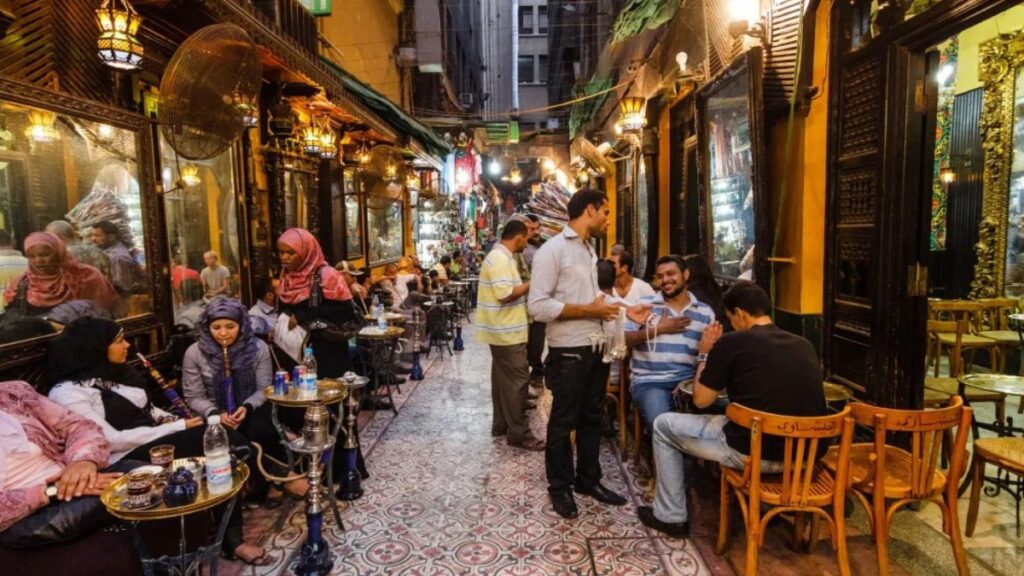
Hidden Attractions in Cairo Egypt Off the Tourist Trail
The fascinating Al-Maridani Palace showcases exquisite architecture rarely included in standard tourist itineraries. I discovered this gem accidentally during my second visit to Cairo and now consider it essential viewing for architecture enthusiasts. Visiting around 11 am on weekdays typically ensures you’ll explore its ornate rooms almost entirely alone.
The historic hammams (traditional bathhouses) offer authentic cultural experiences for adventurous travelers. The still-functioning Hammam Al-Muayyad near Al-Azhar Mosque provides genuine relaxation rituals practiced for centuries. Male and female facilities operate separately with distinct visiting hours, so confirm timing before planning your visit.
The artisan workshops scattered throughout Old Cairo reveal traditional crafts still practiced despite modernization pressures. I particularly recommend visiting the glassblowing workshop near Sultan Hassan Mosque where artisans create intricate pieces using techniques passed through generations. Arriving around 10 am lets you observe the full production process from molten beginnings to finished artworks.
Discovering Local Neighborhoods
The atmospheric streets of Al-Darb Al-Ahmar district preserve authentic daily life largely unchanged by tourism development. I typically explore this area mid-morning when residents go about everyday activities, creating perfect opportunities for street photography and genuine cultural interactions. The architectural details of lesser-known historic buildings throughout this neighborhood rival more famous monuments.
The community initiatives around Garbage City demonstrate remarkable resourcefulness through recycling programs that transform discarded materials into beautiful crafts. The Cave Church carved into Mokattam Mountain provides both spiritual inspiration and stunning architectural achievement within this unlikely setting. Remember that photographs inside residential areas require explicit permission as many families value their privacy.
The peaceful gardens surrounding Manial Palace on Roda Island offer serene retreat from Cairo’s constant motion. I recommend visiting around 3 pm when afternoon light filters beautifully through mature trees creating perfect conditions for appreciating the palace’s blend of Ottoman, Persian, and European architectural styles. The royal collection inside includes fascinating insights into Egypt’s final monarchy.
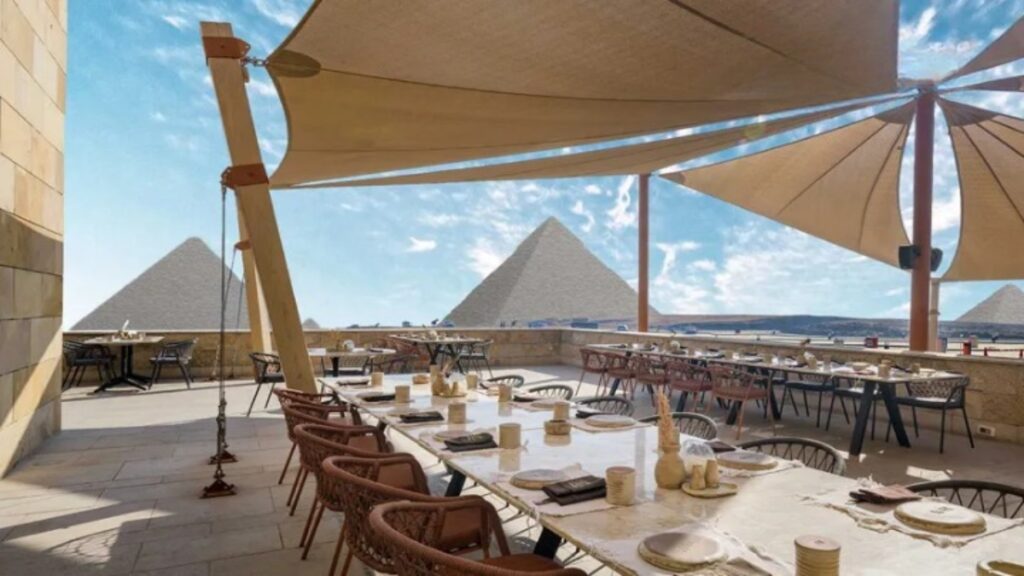
Unforgettable Attractions in Cairo Egypt: Final Thoughts
The perfect balance between ancient wonders and contemporary culture makes Cairo an endlessly fascinating destination. I consistently tell friends to allocate at least four full days exploring this remarkable city, though even weeks would barely scratch its rich surface. Approaching each day with flexible expectations allows room for unexpected discoveries that often become trip highlights.
The cultural immersion happens naturally when you venture beyond major tourist attractions into everyday neighborhoods. Some of my most treasured Cairo memories involve simple moments: drinking morning tea while watching the city awaken, conversing with shopkeepers about their family histories, or joining locals during evening promenades along the Nile. These authentic connections reveal Cairo’s true character beyond historical monuments.
The timeless appeal of Cairo continues drawing travelers seeking connections to humanity’s earliest civilizations alongside vibrant contemporary culture. After numerous visits spanning decades, I still discover new wonders with each return. This remarkable city rewards curious exploration with unparalleled insights into both ancient history and modern Egyptian life, creating experiences that remain vivid long after departure.

